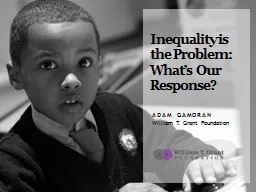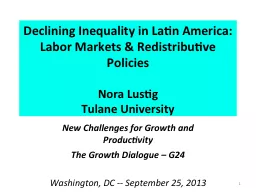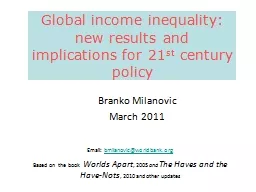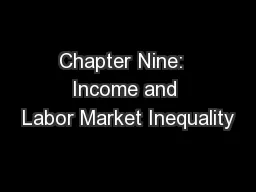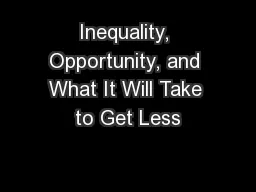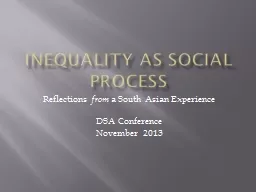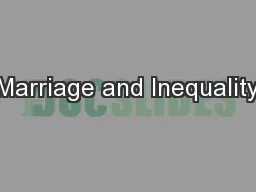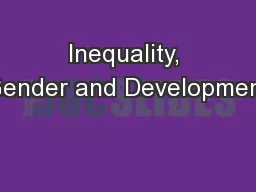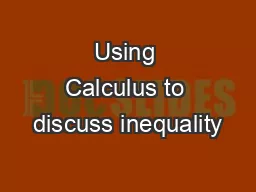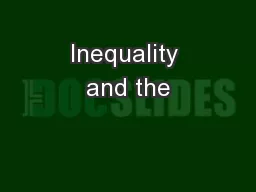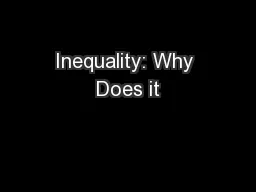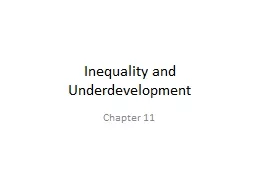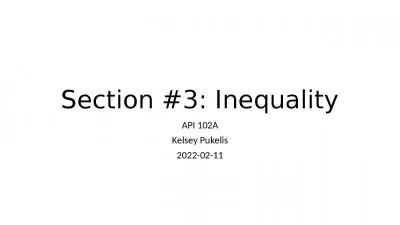PPT-Inequality is the Problem: What’s Our Response?
Author : mitsue-stanley | Published Date : 2018-11-01
ADAM GAMORAN William T Grant Foundation Founded in 1936 Committed to understanding human behavior through research The most pressing challenges confronting
Presentation Embed Code
Download Presentation
Download Presentation The PPT/PDF document "Inequality is the Problem: What’s Our ..." is the property of its rightful owner. Permission is granted to download and print the materials on this website for personal, non-commercial use only, and to display it on your personal computer provided you do not modify the materials and that you retain all copyright notices contained in the materials. By downloading content from our website, you accept the terms of this agreement.
Inequality is the Problem: What’s Our Response?: Transcript
Download Rules Of Document
"Inequality is the Problem: What’s Our Response?"The content belongs to its owner. You may download and print it for personal use, without modification, and keep all copyright notices. By downloading, you agree to these terms.
Related Documents

